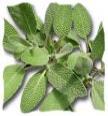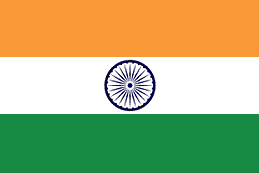Sage

Sage
Botanical Name
Salvia officinalisFamily
LamiaceaeCommercial Part
LeafDescription
Sage is the dried leaf of Salvia officinalis. It is a hardy sub-shrub. Stems are white, wooly, 32-60 cm tall, leaves are greyish green, aromatic, petiolate, oblong, 7-8 cm long. On drying, leaves turns silvery grey with soft velvety texture. The flowers are blue, purple, or white in simple racemes.
Origin and Distribution
Sage is a native of Mediterranean area. It grows wild in the Dalmatian region of Yugoslavia. It is cultivated in Yugoslavia, Italy, Albania, Turkey, Portugal, Spain, Cyprus, England, Canada and USA. In India, it is sparingly cultivated in Jammu. Sage thrives well in rich clayey and loamy soil. A hot and dry climate is not suitable for its cultivation
Uses
Sage is used in the culinary preparation in the West. The taste is fragrant, spicy, warm, astringent and a little bitter. It is used for flavouring meat and fish dishes and for poultry stuffing. Fresh sage leaves are used in salads and sandwiches. Sage is used as a mild tonic, astringent and carminative. It is diaphoretic and anti-pyretic. Sage oil is used in perfumes as a deodorant. Sage and sage oil exhibit anti-oxidant properties.
Indian Name of Spices
Hindi : Salvia, Sefakus Malayalam : Salvi tulasi Bengali :Bui tulasi Panjabi :Sathi
Foreign Name of Spices
Arabic : Mayameeah Chineese : Shu wei cao Czech :Salvej Dutch :Salie French :Sauge German :Salbei Italian :Salvia Spanish :Salvia







